User Ideas / Prospects
list of notable mechanical machines and tools, arranged in ascending order based on their approximate invention years.
1. Shaduf (~2000 BCE)

- Purpose: A lever-based irrigation tool used for lifting water, primarily in agriculture.
- Category: Agricultural.
2. Plow (~3000 BCE)
- Purpose: A farming tool for tilling the soil, one of the earliest mechanical agricultural tools.
- Category: Agricultural.
3. Water Wheel (~400 BCE)

- Purpose: Used in ancient Greece and Rome to harness water power for grinding grain and performing mechanical tasks.
- Category: Agricultural and Industrial.
4. Archimedes' Screw (~250 BCE)

- Purpose: A mechanical device for lifting water, used for irrigation.
- Category: Agricultural.
5. Catapult (~400 BCE)
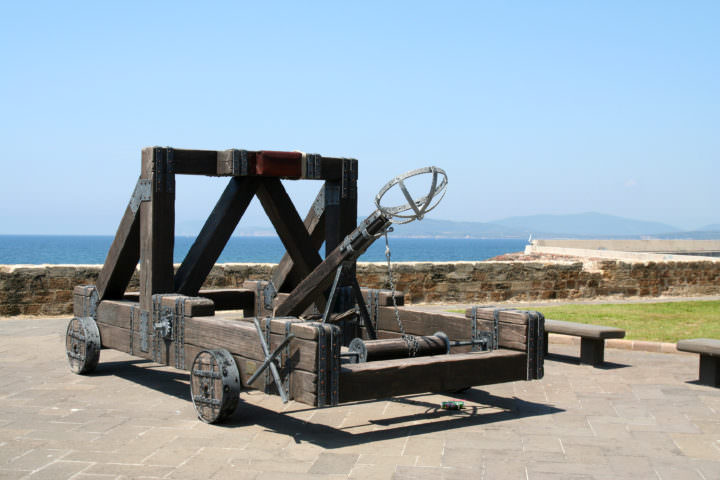
- Purpose: A military machine used for launching projectiles in battle.
- Category: Military.
6. Ballista (~400 BCE)
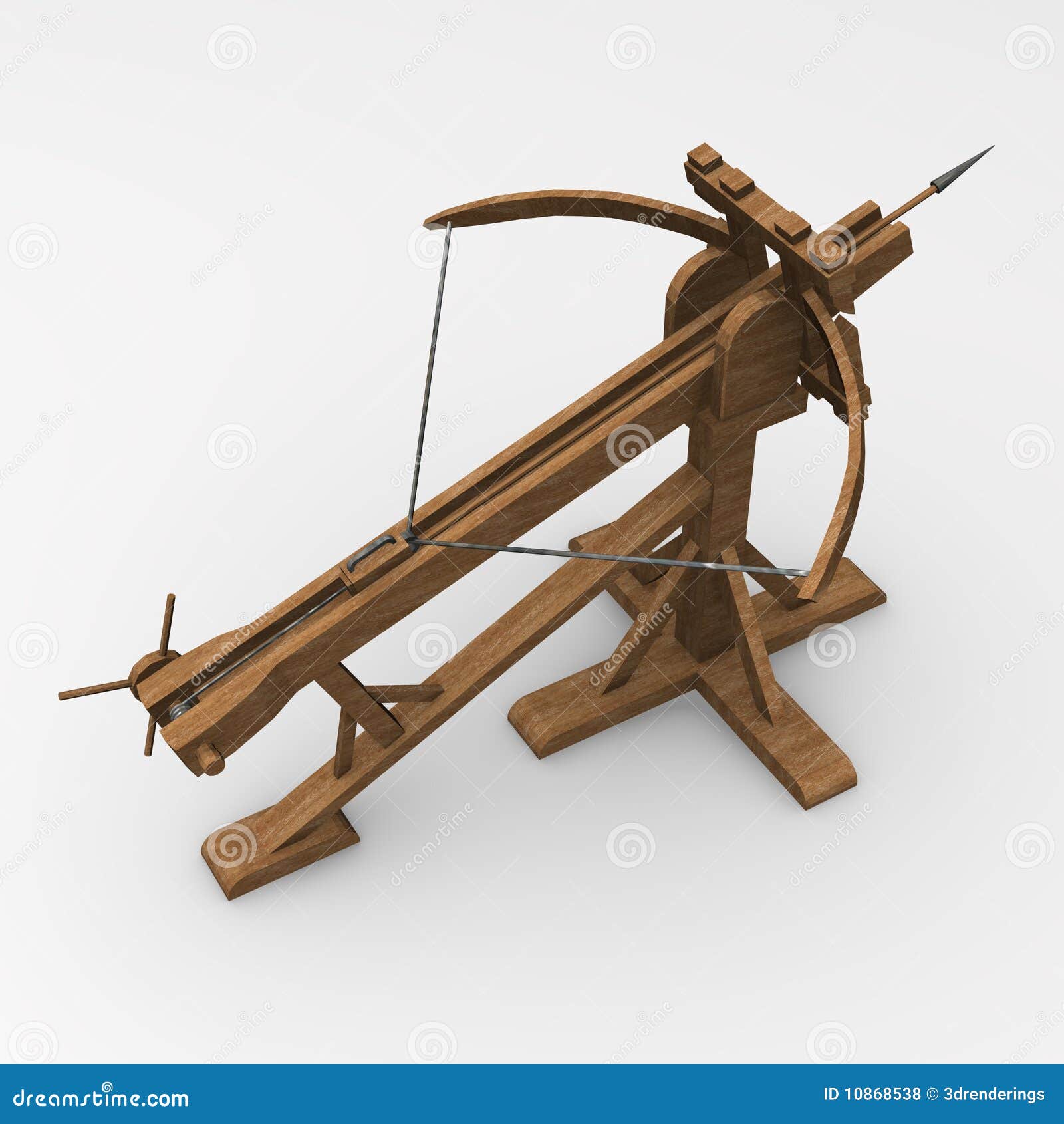
- Purpose: An ancient missile weapon, similar to a large crossbow, for military use.
- Category: Military.
7. Windmill (~500-900 CE)

- Purpose: A mechanical device to harness wind power for grinding grain or pumping water.
- Category: Agricultural and Industrial.
8. Spinning Wheel (~1000 CE)

- Purpose: A tool for spinning thread or yarn from natural fibers, significantly improving textile production.
- Category: Textile.
9. Mechanical Clock (~1300 CE)

- Purpose: Used to measure time with increased precision, widely installed in public spaces.
- Category: Common use, scientific.
10. Printing Press (1440 CE)

- Inventor: Johannes Gutenberg.
- Purpose: Revolutionized the production of books and the dissemination of information through mechanical printing.
- Category: Industrial.
11. Flying Shuttle (1733 CE)

- Inventor: John Kay.
- Purpose: A key development in the textile industry, it sped up the weaving process in looms.
- Category: Textile.
12. Spinning Jenny (1764 CE)
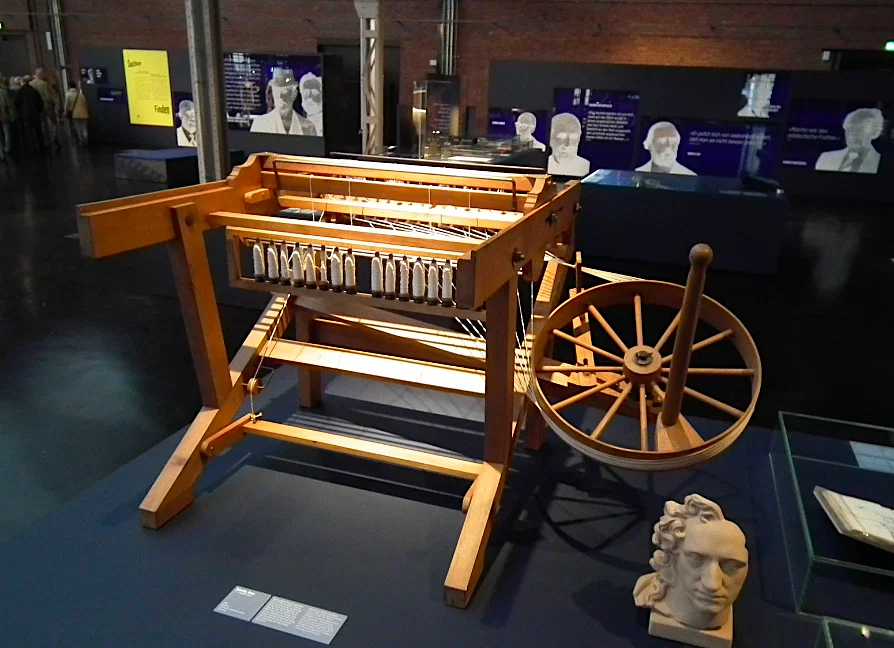
- Inventor: James Hargreaves.
- Purpose: A multi-spindle spinning frame, dramatically increasing the production of yarn.
- Category: Textile.
13. Water Frame (1769 CE)
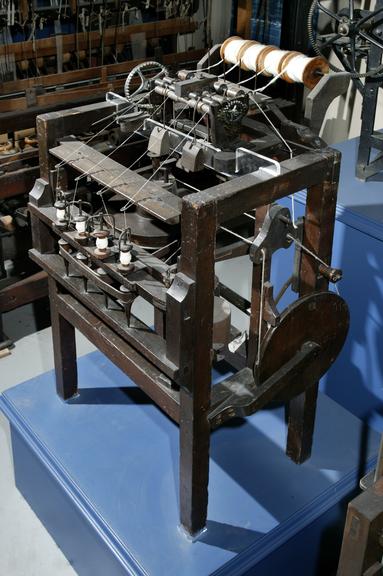
- Inventor: Richard Arkwright.
- Purpose: A water-powered spinning machine that was crucial for mechanizing the textile industry.
- Category: Textile.
14. Spinning Mule (1779 CE)

- Inventor: Samuel Crompton.
- Purpose: Combined the features of the Spinning Jenny and the Water Frame, producing finer, stronger thread.
- Category: Textile.
15. Steam Engine (1698-1712 CE)

- Inventor: Thomas Savery (1698), improved by Thomas Newcomen (1712) and James Watt (1765).
- Purpose: Used for pumping water, powering textile mills, and eventually revolutionizing transportation.
- Category: Industrial, transportation.
16. Power Loom (1785 CE)
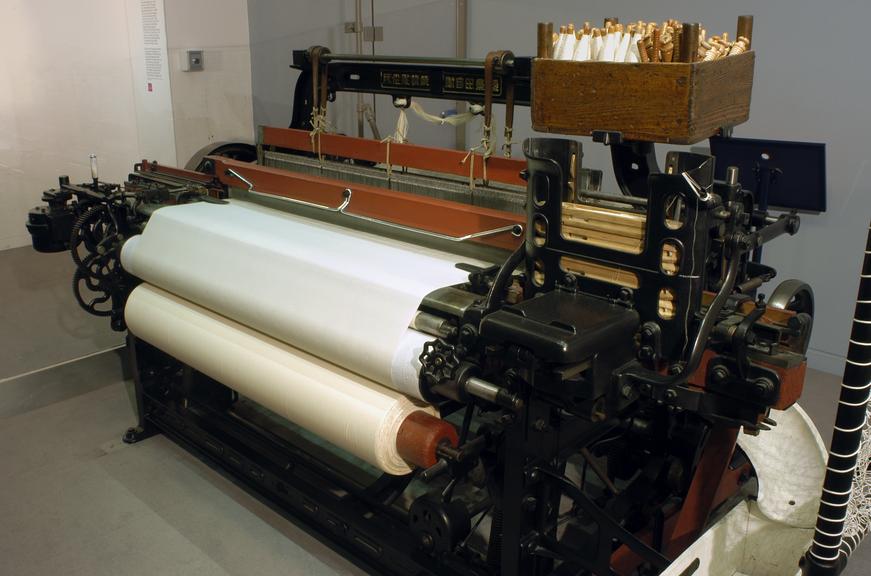
- Inventor: Edmund Cartwright.
- Purpose: A mechanized loom that revolutionized the weaving process, contributing to the rise of factory-based textile production.
- Category: Textile.
17. Lathe (~1500 CE, modern lathe in 1750s)

- Purpose: A machine tool for shaping wood or metal, used in various industries including textiles for creating components.
- Category: Industrial.
18. Jacquard Loom (1804 CE)
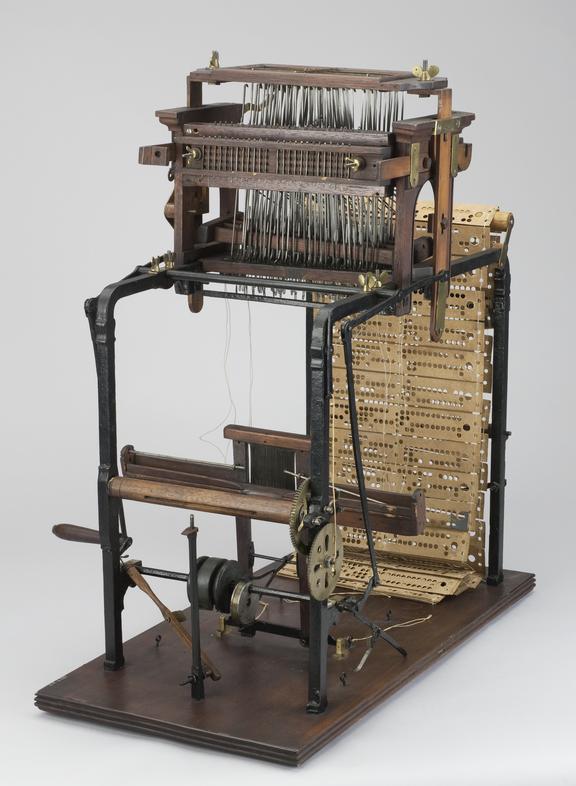
- Inventor: Joseph Marie Jacquard.
- Purpose: Introduced a punch-card system to control the weaving of complex patterns in textiles, an early precursor to programming.
- Category: Textile.
19. Treadle-Powered Sewing Machine (1830 CE)
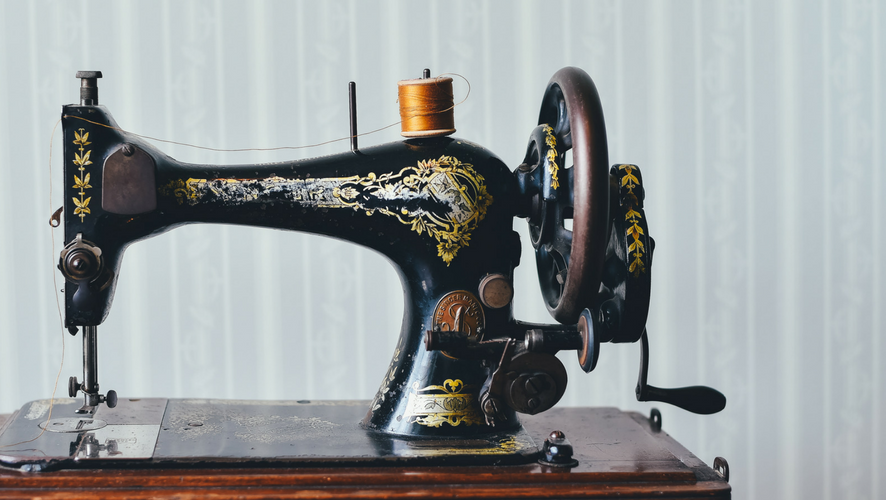
- Inventor: Barthelemy Thimonnier.
- Purpose: Mechanized sewing, revolutionizing garment manufacturing.
- Category: Textile, domestic.
20. Steam Locomotive (1804 CE)

- Inventor: Richard Trevithick.
- Purpose: Powered by steam engines, it transformed transportation and logistics.
- Category: Transportation.
21. Internal Combustion Engine (1876 CE)
- Inventor: Nikolaus Otto.
- Purpose: Powered automobiles and machinery, driving the transportation revolution.
- Category: Industrial, transportation.
22. Automobile (~1886 CE)
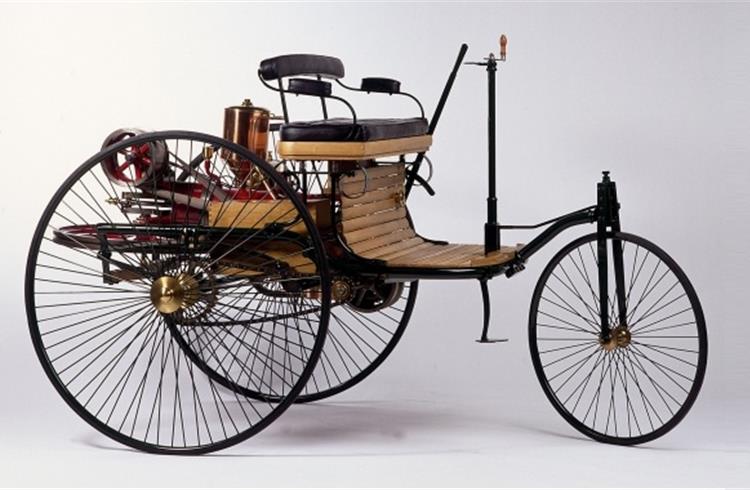
- Inventor: Karl Benz.
- Purpose: The first practical gasoline-powered car.
- Category: Transportation.
23. Airplane (1903 CE)

- Inventor: Wright Brothers.
- Purpose: The first powered flight, leading to modern aviation.
- Category: Transportation.
This timeline shows how early mechanical innovations in agriculture and military evolved into textile industry machines, which were a major part of the Industrial Revolution. Later, broader industrial machinery and transportation innovations took over, shaping the modern world.
